Showing 65–80 of 110 results
-
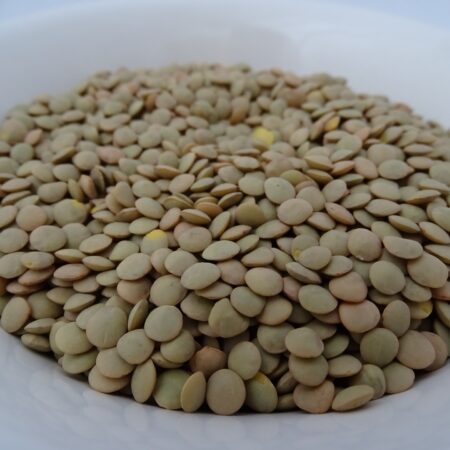
Lentils
Lentils are small, lens-shaped seeds from the legume family and are widely consumed across the globe. There are various types of lentils, including brown, green, red, yellow, and black lentils. Each variety has its unique flavour, texture, and culinary uses. Lentils are a rich source of plant-based protein, fibre, vitamins (such as folate and B vitamins), minerals (including iron and potassium), and antioxidants.
-
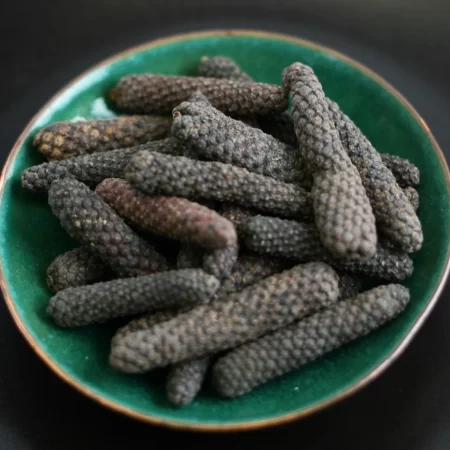
Long Pepper
Long pepper (Piper longum) is a flowering vine that produces spikes of small, elongated fruits. Long pepper is a climbing vine belonging to the Piperaceae family. It is native to India, and its botanical name is Piper Longum. Long pepper has a complex flavour, featuring a combination of heat, spiciness, and a hint of sweetness. It is somewhat similar to black pepper but has a more nuanced and robust taste.
-
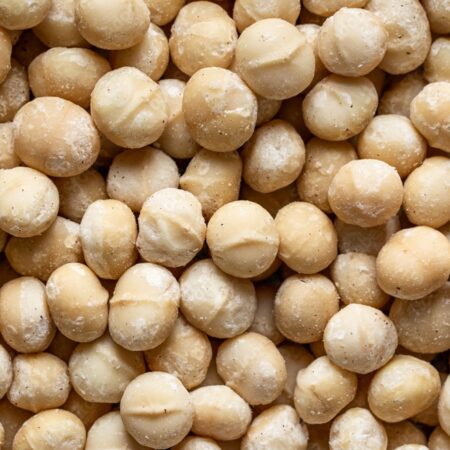
Macadamia Nuts
Macadamia nuts are popular nuts known for their rich, buttery flavour and creamy texture. Macadamia nuts are high in healthy monounsaturated fats, which are beneficial for heart health. They also contain essential nutrients such as vitamins (like vitamins B1 and B6), minerals (including manganese and copper), and antioxidants. While nutritious, macadamia nuts are calorie-dense, so portion control is recommended. However, the majority of their fat content is monounsaturated, which is considered a heart-healthy fat. Including macadamia nuts in your diet provides a delicious way to enjoy a unique nut with a distinctive flavour profile, along with the nutritional benefits associated with healthy fats and essential nutrients.
-
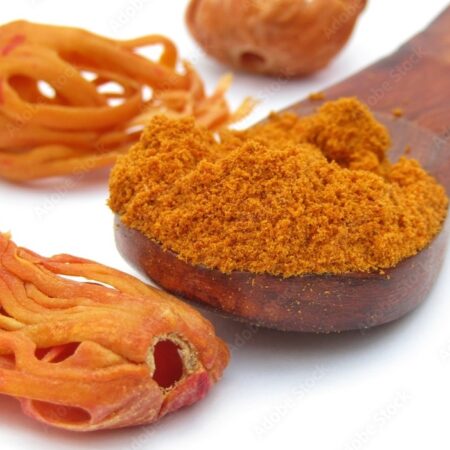
Mace
Mace is a spice derived from the reddish outer covering (aril) of the nutmeg seed (Myristica fragrans). Mace comes from the aril of the nutmeg tree, which is native to the Moluccas (Spice Islands) in Indonesia. Mace has a warm, sweet, and aromatic flavour with a slightly peppery and citrusy undertone. It is milder than nutmeg. Mace is a lacy, reddish or orange-coloured membrane that envelops the nutmeg seed. It is usually dried and ground into a spice.
-
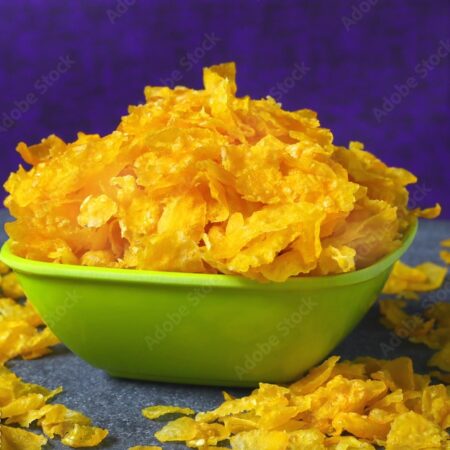
Makai Poha
Makka poha or Makai poha is part of Indian Gujarati cuisine. It can also be referred to as corn or maize flakes, but unlike the breakfast cereal cornflakes, these are not ready to eat. Makka poha is usually fried in hot oil so it puffs up, for consumption as a snack.
-
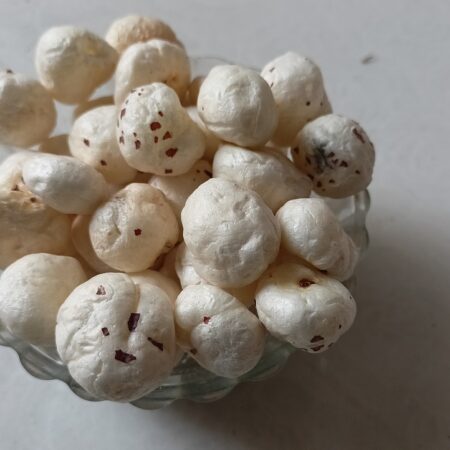
Makhana
Makhana, also known as fox nuts or lotus seeds, is a nutritious and edible seed harvested from the lotus plant (Euryale ferox). Makhana is derived from the seeds of the lotus flower, primarily the species Euryale ferox. It is a traditional food in several Asian cuisines. Makhana is a versatile ingredient and is commonly used in Indian cuisine. It is often roasted or popped, resulting in a crunchy and light texture. Roasted Makhana is seasoned with various spices and can be consumed as a healthy snack. Makhana is low in calories and fat, making it a healthy snack option. It is a good source of protein, carbohydrates, fibre, magnesium, and potassium. It is also gluten-free and considered easy to digest.
-
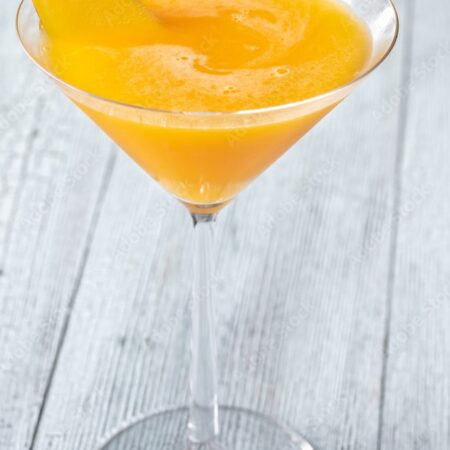
Mango Pulp
Mango pulp is a smooth, concentrated puree made from ripe mangoes. Mango pulp is obtained by pureeing ripe mangoes after removing the skin and seed. The process involves crushing the fruit to create a smooth, thick consistency.Mango pulp can be made from various mango varieties, each contributing its unique flavor profile and color. Common varieties used include Alphonso, Kesar, Haden, and Tommy Atkins.Mangoes are rich in vitamins A and C, and mango pulp retains some of these nutritional benefits. However, the concentration process may reduce certain nutrients.
-
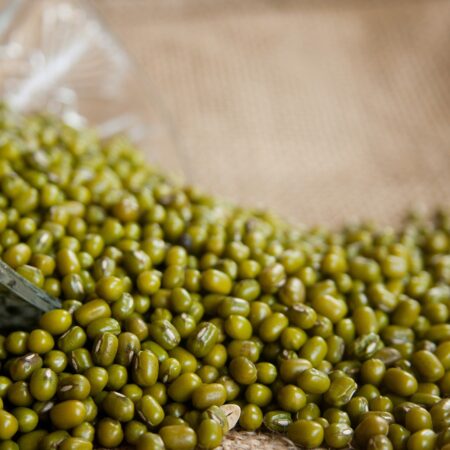
Marathi Mug
It is usually fried in oil before use to release its full flavour, which is similar to that of a combination of mustard and black pepper. It helps in treating diarrhoea and healing wounds. It is rich in antioxidants and works as an anti-diabetic.
-
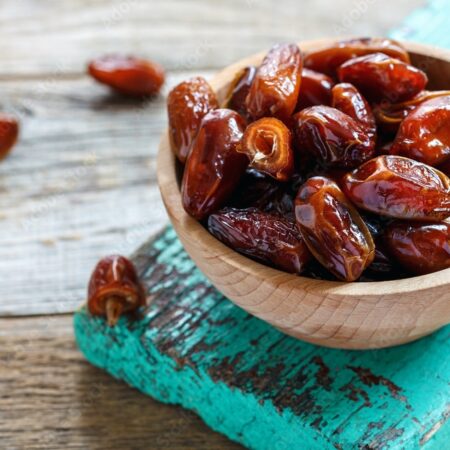
Medjoul Dates
Medjoul Dates are a premium variety of dates known for their large size, sweet taste, and soft, chewy texture. Medjoul Dates originated in Morocco and were historically reserved for royalty. They are now also cultivated in other regions with suitable climates, including the Middle East and the United States.Medjoul Dates are one of the largest date varieties, often referred to as the “King of Dates.” They have a plump, oval shape and a glossy, brown skin.Medjoul Dates are a good source of natural sugars, providing a quick and sustained energy boost. They also contain essential minerals such as potassium, magnesium, and iron.Medjoul Dates are prized for their rich, sweet flavor, often described as caramel-like. They have a soft and chewy texture, making them a delightful treat.
-
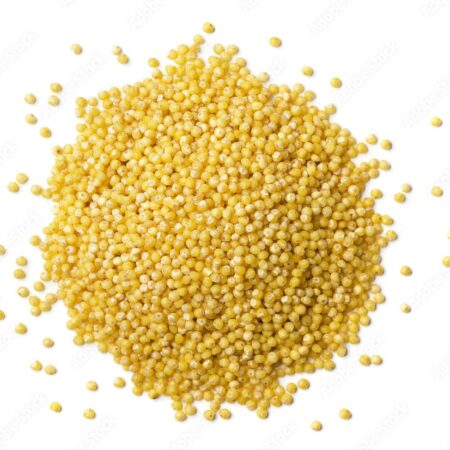
Millets Seeds
Millets are a group of small-seeded grasses that have been cultivated for centuries as a staple food in many parts of the world. Millets are rich in nutrients, including dietary fiber, protein, vitamins (B vitamins, particularly niacin and B6), and minerals (such as iron, magnesium, and phosphorus).Millets are naturally gluten-free, making them suitable for individuals with gluten sensitivities or those following a gluten-free diet.Millets are versatile and can be used in various culinary applications. They are commonly consumed as whole grains, flour, or flakes and can be included in dishes like porridge, bread, pancakes, and more.Many millet varieties are well-adapted to arid and semi-arid regions, making them resilient and sustainable crops in areas with water scarcity. Millets offer health benefits, including aiding digestion due to their fiber content, providing sustained energy release, and contributing to overall cardiovascular health.
-
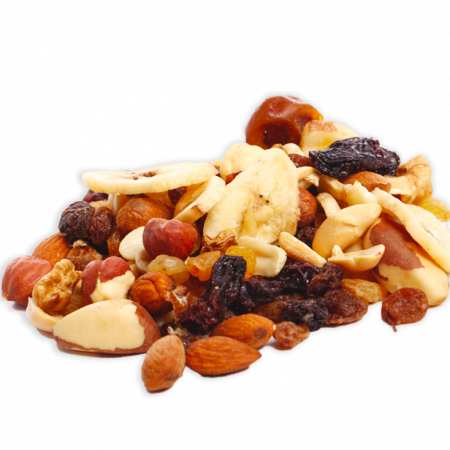
Mix Dryfruits
“Mix Dry Fruits” typically refers to a combination of various dried fruits, nuts, and sometimes seeds. Mix dry fruits usually include a variety of nuts such as almonds, walnuts, cashews, and pistachios. Dried fruits like raisins, apricots, figs, and dates are also common additions. This mix is rich in essential nutrients, including healthy fats, protein, dietary fibre, vitamins (such as vitamin E and B vitamins), and minerals (including iron, magnesium, and potassium).
-
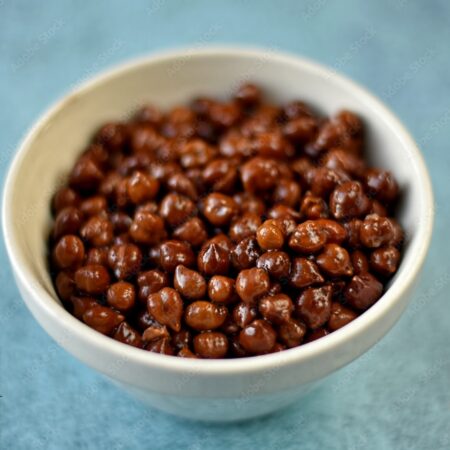
Mosambi Chana
Mosambi Chana is considered to be one of the earliest cultivated legumes. This is used to cook one of the versatile recipes of Indian cuisine, which has a smooth flavour. It is rich in minerals such as potassium, iron, calcium, phosphorous, magnesium, and molybdenum.
-
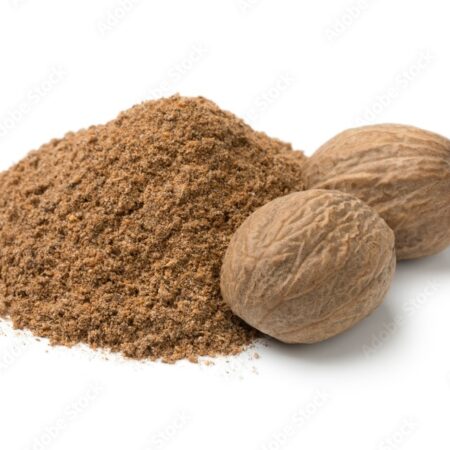
Nutmegs
Nutmegs are seeds obtained from the fruit of the nutmeg tree (Myristica fragrans). Nutmegs come from the evergreen nutmeg tree, native to the Moluccas (Spice Islands) in Indonesia. Nutmeg has a warm, sweet, and slightly nutty flavour with a hint of spiciness. It is often used in both sweet and savoury dishes. Nutmegs are small, oval-shaped seeds, about the size of a plum pit, and are encased in a hard, brown shell.
-
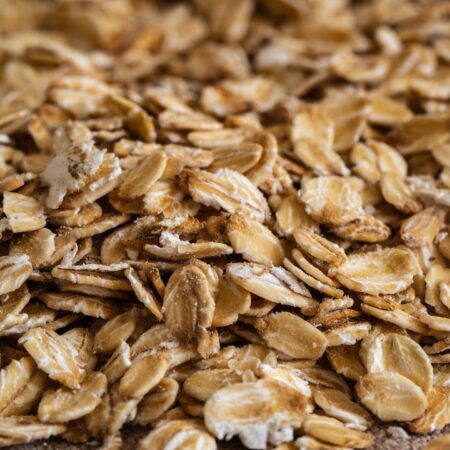
Oats Seeds
Oats are a type of cereal grain, and their seeds are commonly known as oat groats. Oats come from the plant species Avena sativa. Oats are a highly nutritious whole grain, rich in dietary fibre, complex carbohydrates, protein, vitamins (especially B vitamins), and minerals (including iron, magnesium, and phosphorus). Oats are considered a whole grain, retaining the bran, germ, and endosperm, which contributes to their nutritional richness. Oats contain beta-glucans, a soluble fibre known for its heart health benefits. Regular consumption may help lower cholesterol levels. The fibre in oats, including both soluble and insoluble fibre, promotes digestive health and helps maintain regular bowel movements.
-
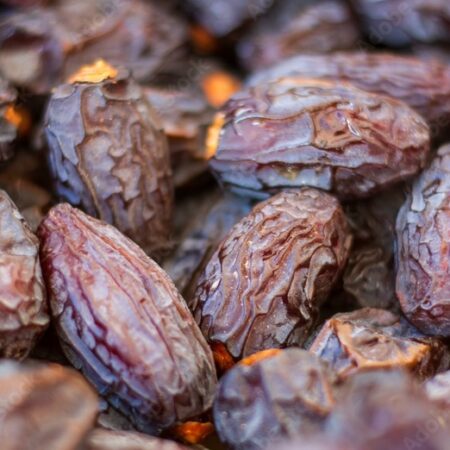
Oman Dates
Oman Dates refer to the various date varieties grown in the Sultanate of Oman, a country on the southeastern coast of the Arabian Peninsula. Dates, including those from Oman, are naturally high in natural sugars, providing a quick energy boost. They also contain essential minerals such as potassium, magnesium, and iron. Oman is known for cultivating a variety of dates, including popular types such as Khalas, Fard, and others. The exact varieties may vary across different regions of the country. mani dates come in various shapes, sizes, and colours. They can range from amber to dark brown and may have a soft or chewy texture. The taste varies from sweet to rich and often depends on the specific date variety.
-
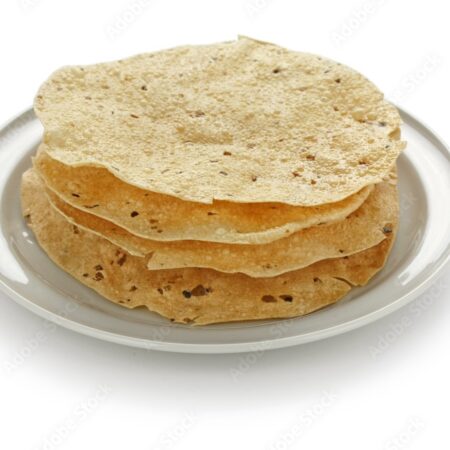
Papadums
Papadums, also known as papads or appalams, are thin, crisp, disc-shaped Indian flatbreads made from seasoned lentil or chickpea flour. Papadums can be crushed and sprinkled on dishes for added crunch, or they can be served with dips and accompaniments. Due to their dry and thin nature, papadums have a long shelf life and are easy to store. They are often available in packaged form.

